MALTA
Malta is located in the Mediterranean Sea, just south of Sicily; the Maltese archipelago basically consists of three islands: Malta, Għawdex (Gozo) and Kemmuna (Comino). Their total population is almost 400,000. The largest island of the group is Malta, from which the archipelago takes its name. In 2003, it had a population of just over 388,867. Valletta, the capital, is the cultural, administrative and commercial centre of the archipelago. Malta is well served with harbours, chief of which is the Valletta Grand Harbour (Il-Port il-Kbir). Malta’s international airport is situated five kilometres from the capital. The distance between Malta and the nearest point in Sicily is 93 km. The distance from the nearest point on the North African mainland (Tunisia) is 288 km. Gibraltar is 1,826 km to the west and Alexandria is 1,510 km to the east.

Circa 98% of the population are Maltese, and the remaining 2% consists of foreigners working in Malta and a few foreign residents who retired here. Besides the main islands, there are another two uninhabited ones, Filfla and Kemmunett. There are also the islets of St Paul (Selmunett).
With an area of 315.590 square kilometres, Malta has a population density of 1,257 persons per square kilometre, which is the highest in Europe. Because of its size and density, emigration was necessary, especially during the 1950s and 1960s. There are a good number of Maltese communities abroad, the major ones are found in Australia and Canada. There are other important Maltese communities in UK and in the USA. Earlier migrations can also be traced in Algeria and Tunisia, amongst others.
On 21st September 1964, Malta became a sovereign and independent nation within the Commonwealth. Ten years later, Parliament enacted important changes to the constitution and on the 13th December 1974, Malta was declared a Republic within the Commonwealth.
LINGUISTIC SITUATION
The national language of Malta is Maltese (Malti). Apart from being the native (majority) language, Maltese is also the official language of Malta together with English and the Maltese Sign Language. Other popular foreign languages practised in Malta besides English are Italian, French, German and Spanish, with Italian being the most popular amongst the three. In fact, in the early 1900s, Italian was the more favoured tongue, especially by the cultured classes and Maltese aristocracy; more than the English language and even the native Maltese tongue.

Fundamentally, Maltese is a Semitic tongue, the same as Arabic, Aramaic, Hebrew, Phoenician, Carthaginian and Ethiopian. However, unlike other Semitic languages, Maltese is written in the Latin alphabet, but with the addition of special characters to accommodate certain Semitic sounds. Nowadays, however, there is much in the Maltese language today that is not Semitic, due to the immeasurable Romantic influence from our succession of (Southern) European rulers through the ages.
THE MALTESE LANGUAGE
Maltese is the national and official language of the Maltese Islands, with English being the second official language. It is also one of the 24 official languages of the European Union. Maltese is spoken by the large majority of the Maltese people who live in Malta and Gozo (approximately 400,000), as well as by a substantial number of people who emigrated or whose parents and grandparents emigrated from Malta in the 1950s and 1960s, establishing communities mainly in Australia, the UK, the US and Canada.
The origins of Maltese date back to the Arabic occupation of the islands in 870 A.D. Historically, the language is generally assumed to have developed from a form of Arabic, either from the Maghreb or, as some recently analysed documents might suggest, from Sicily during the Arab occupation. After the Normans conquered the Island in 1090, and, in particular, after the Arabs were expelled from Malta (c. 1245), the Maltese language and culture developed independently of Arabic, and went through a number of changes through contact mainly with Sicilian at first, then Italian (Tuscan), and later also English (from the 19th century on).
Modern Maltese has developed into an independent language with a literary tradition of its own, as well as a Latin script based orthographic system. It retains a very strong element of Arabic in its grammar (morphology and syntax), as well as a large number of words of Arabic origin, but it also displays a strong Sicilian, Italian and English influence, mainly, though not exclusively, on its lexis (vocabulary). Maltese has a number of regional varieties or dialects, with the differences between varieties being most obviously phonological, although there are also morphological, syntactic and lexical.
The current linguistic situation in Malta is a complex one, especially because both Maltese and the local variety of English, i.e. Maltese English, are used by the most speakers, to different degrees of proficiency and in different contexts, influencing one another in various subtle ways, and often resulting in code switching and code mixing. Maltese gives its speakers a strong sense of identity and belonging, helping them to look ‘inwards’ and giving them a sense of tradition, continuity and history, while English helps them look ‘outwards’, allowing them to communicate directly with the rest of the world, and keeping them from becoming culturally isolated.
You can also refer to this web page on Language Legislation in Malta (EN/FR)
THE NATIONAL COUNCIL FOR THE MALTESE LANGUAGE
The Maltese Language Council was established in April 2005 with the enactment of the Maltese Language Act (Chapter 470 of the Laws of Malta) in order to promote the National Language of Malta and to provide the necessary means to achieve this aim.
The Council was established to adopt and promote a suitable language policy and strategy for the Maltese islands and to verify their performance and observance in every sector of Maltese life, for the benefit and development of the national language and the identity of the Maltese people. Apart from this, the Council should:
a) promote the Maltese Language both in Malta and in other countries by engaging actively to foster recognition and respect for national language;
b) update the orthography of the Maltese Language as necessary and, from time to time, establish the correct manner of writing words and phrases which enter the Maltese Language from other tongues
In the execution of its functions and duties the Council works to:
- develop, motivate and enhance the recognition and expression of the Maltese language;
- promote the dynamic development of such linguistic characteristics as identify the Maltese people;
- in consultation with the organs established by the Maltese Language Act, adopt a suitable linguistic policy backed by a strategic plan, and ensure that the same are put into practice and observed in all sectors of Maltese life;
- ensure that the language policy decided by the Commission is put into practice so as to ensure its effective and faithful implementation;
- evaluate and co-ordinate the work done by associations and individuals, in the Maltese language sector and to foster an atmosphere of co-operation through a consensual plan;
- draw the attention of all those who may contribute to the development of Maltese to work done in execution of the language policy and, where necessary, to advise the Minister of Education to commission any necessary assignment;
- seek to obtain financial resources locally and overseas in order to be able to strengthen its activities, especially such resources as are already accessible to local and international organisations for research purposes, the promotion of spoken languages by small nations, and other projects relating to the exchange of experts and research programmes;
- co-operate with persons, bodies and organisations in various fields of life in order to increase and augment the recognition and appreciation of linguistic and cultural activities for the further advancement of the Maltese language;
- establish a National Centre of the Maltese Language which, besides serving as the office of the Council, shall offer the necessary printed and audiovisual resources to members of Maltese language associations, institutions and other interested persons;
- ensure full access to available statistical data and information for the use of the Council and its organs in the execution of their duties under this Act.
The National Council for the Maltese Language maintains regular contacts with local, national and international organisations which have functions similar to or complementary to the functions of the Council and exchanges its views and resources with them.
It is a full member of the European Federation of National Institutions for Language (EFNIL).
